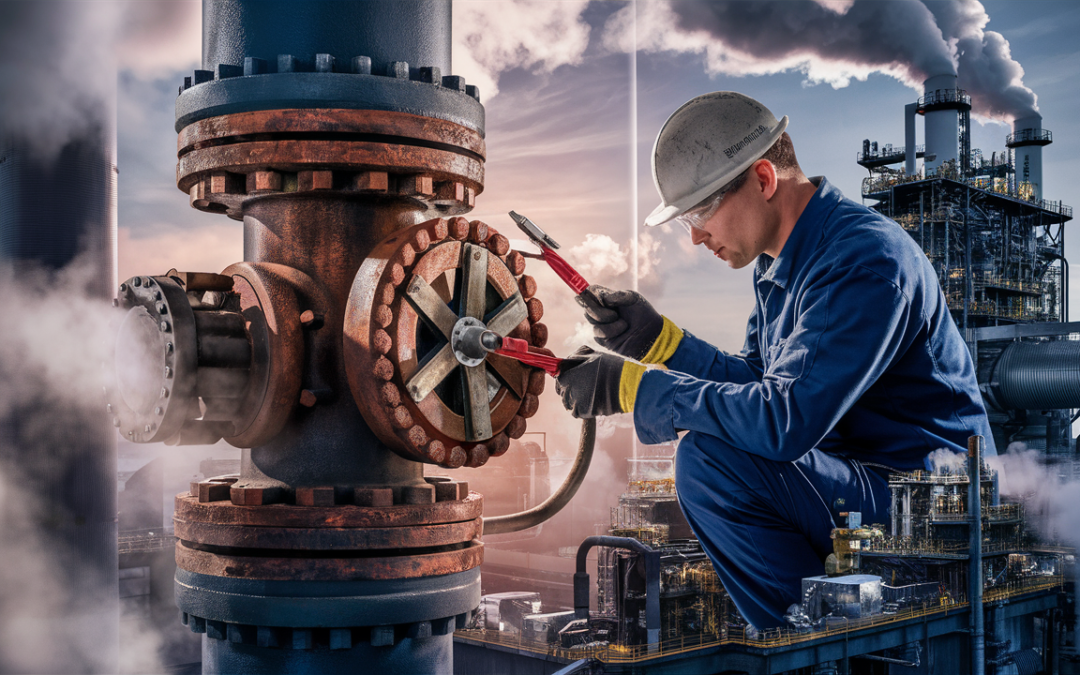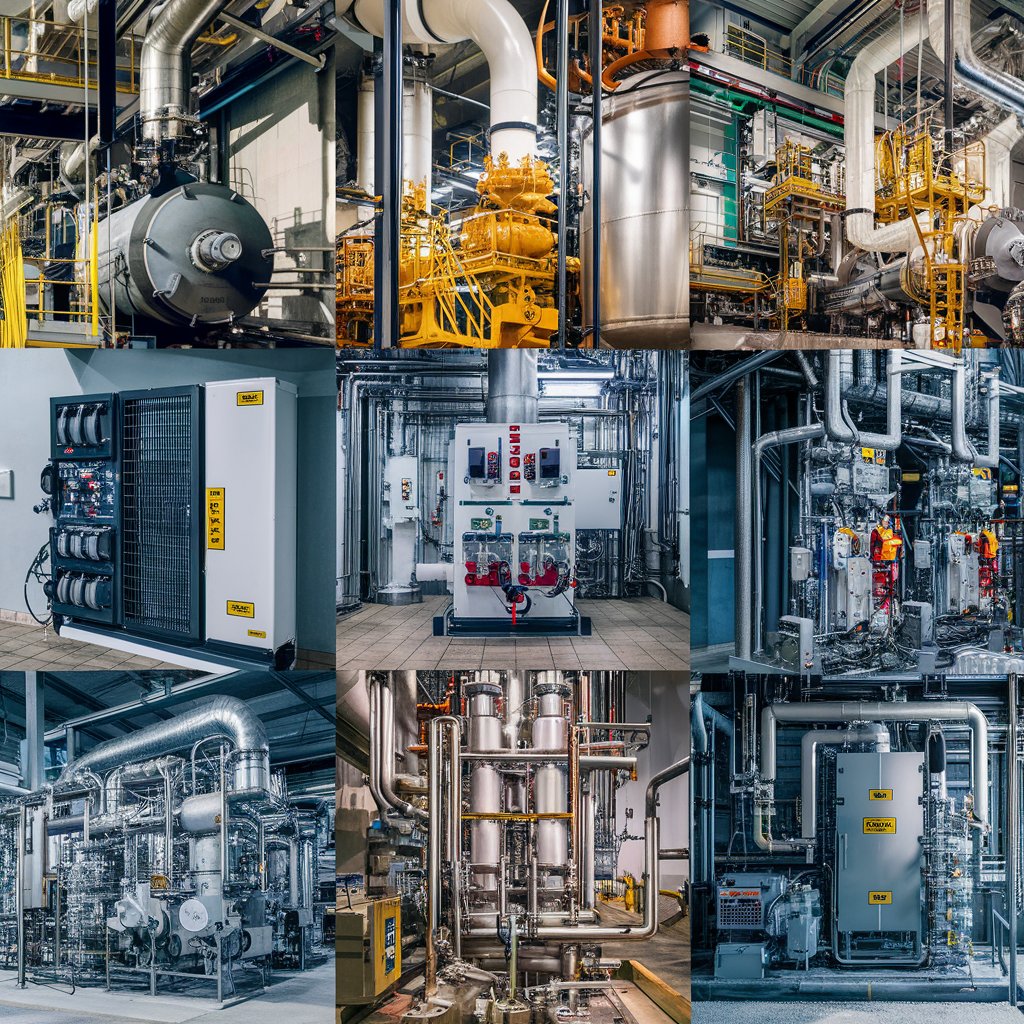
Understanding Safety Valves: Types, Applications, and Importance
When it comes to safeguarding industrial equipment, processes, and personnel, safety valves play a crucial role. These essential devices are designed to prevent excessive pressure buildup and mitigate potential hazards. In this comprehensive guide, we’ll explore the different types of safety valves, their applications, and the significance of incorporating them into various systems.
What are Safety Valves?
Safety valves, also known as pressure relief valves, are automatic devices that provide protection against overpressure situations. They are designed to open at a predetermined set pressure, allowing the excess pressure to be released from the system, thereby preventing damage or catastrophic failure.
Types of Safety Valves
Safety valves come in various designs and configurations to meet the specific requirements of different applications. Here are some common types:
1. Spring-Loaded Safety Valves
Spring-loaded safety valves are the most widely used type. They consist of a spring that exerts a force on the valve disc, keeping it closed until the system pressure exceeds the set pressure. When the pressure reaches the predetermined level, the valve disc lifts, allowing the excess pressure to escape.
2. Pilot-Operated Safety Valves
Pilot-operated safety valves are commonly used in applications where high flow rates or large discharge capacities are required. These valves use a small pilot valve to control the main valve’s opening and closing. The pilot valve senses the system pressure and operates the main valve accordingly.
3. Balanced Bellows Safety Valves
Balanced bellows safety valves are designed to minimize the effects of back pressure on the valve’s performance. They feature a bellows that compensates for the back pressure, ensuring accurate opening and closing at the set pressure. These valves are often used in applications with varying downstream pressures.
4. Rupture Disc Safety Valves
Rupture disc safety valves consist of a thin metal disc that ruptures or bursts at a predetermined pressure, allowing the excess pressure to be released. These valves are often used as a last line of defense in high-pressure systems or in applications where the release of hazardous materials must be contained.
Applications of Safety Valves

Safety valves are essential components in various industries and applications, including:
- Boilers and Pressure Vessels
- Chemical Processing Plants
- Oil and Gas Refineries
- Air Compressors
- Refrigeration Systems
- Hydraulic Systems
- Steam Systems
In these applications, safety valves play a vital role in preventing overpressure situations that could lead to equipment damage, environmental contamination, or even loss of life.
Safety Valve Sizing and Selection
Proper sizing and selection of safety valves are crucial for ensuring their effective operation and compliance with industry standards and regulations. Several factors must be considered when sizing and selecting safety valves, including:
- Operating Pressure and Temperature
- Flow Rate and Discharge Capacity
- Fluid Properties (e.g., density, viscosity)
- Back Pressure Considerations
- Applicable Codes and Standards (e.g., ASME, API, NFPA)
Consulting with experienced professionals and referring to relevant codes and standards is recommended to ensure the appropriate safety valve is selected for the specific application.
Safety Valve Maintenance and Testing
Regular maintenance and testing of safety valves are essential to ensure their proper functioning and compliance with regulatory requirements. Some common maintenance and testing practices include:
- Visual Inspections
- Set Pressure Verification
- Seat Tightness Testing
- Operational Testing
- Cleaning and Lubrication
- Replacement of Worn or Damaged Components
Documented maintenance and testing records should be kept to demonstrate compliance and facilitate troubleshooting if issues arise.
Safety Valve Regulations and Standards
The design, installation, and maintenance of safety valves are governed by various regulations and standards, depending on the industry and jurisdiction. Some notable regulations and standards include:
- ASME Boiler and Pressure Vessel Code (BPVC)
- API Standard 520 and API Standard 526
- NFPA 30 and NFPA 58
- OSHA Regulations (29 CFR 1910.169)
- Pressure Equipment Directive (PED) for European Union
Compliance with these regulations and standards is essential to ensure the safe and reliable operation of pressure systems and equipment.
Safety Valve Suppliers and Manufacturers
There are numerous reputable suppliers and manufacturers of safety valves worldwide. Some of the leading companies in this industry include:
- Emerson (Anderson Greenwood, Crosby)
- Farris Engineering
- Pentair Valves & Controls
- Consolidated Safety Valve
- LESER
- Spirax Sarco
- Tyco (AMES and Yarway)
These companies offer a wide range of safety valve products and solutions tailored to various industries and applications.
Conclusion
Safety valves are critical components in ensuring the safe operation of pressure systems and equipment. Understanding the different types, applications, sizing considerations, and maintenance requirements is essential for selecting the appropriate safety valve and maintaining compliance with relevant regulations and standards. By incorporating properly designed and maintained safety valves, industries can mitigate the risks associated with overpressure situations, protect equipment, and safeguard personnel. Consulting with experienced Precision Valves Services professionals and adhering to industry best practices is highly recommended when dealing with safety valve selection, installation, and maintenance.
Recent Comments